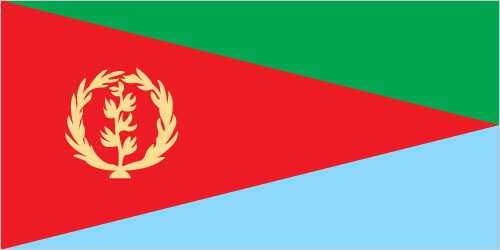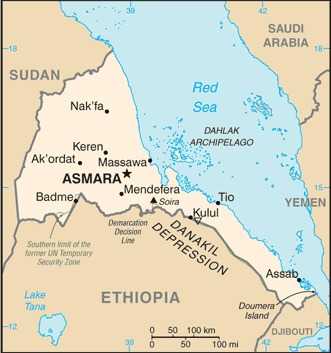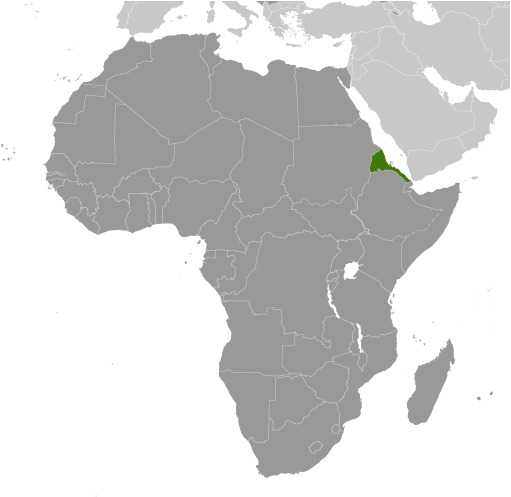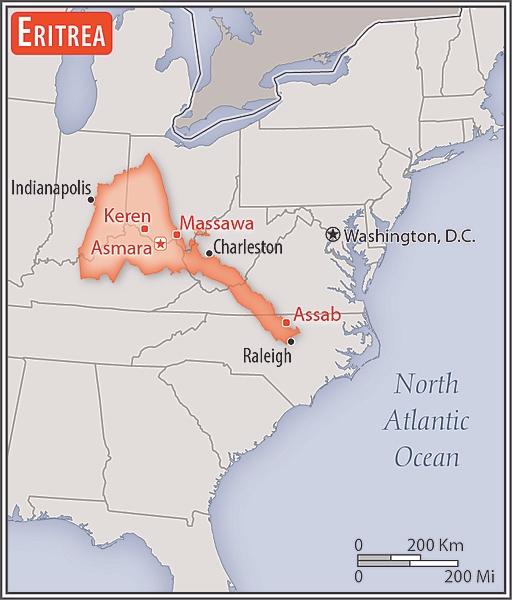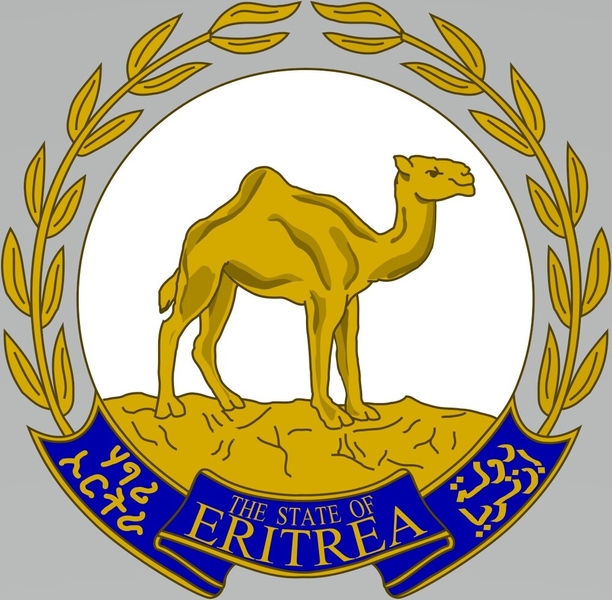Introduction
Visit the Definitions and Notes page to view a description of each topic.
Geography
People and Society
Population
comparison rankings: total 111; male 111; female 110
Median age
comparison ranking: total 192
Population growth rate
comparison ranking: 82
Birth rate
comparison ranking: 41
Death rate
comparison ranking: 139
Net migration rate
comparison ranking: 220
Maternal mortality ratio
comparison ranking: 25
Infant mortality rate
comparison ranking: total 29
Life expectancy at birth
comparison ranking: total population 197
Total fertility rate
comparison ranking: 37
Obesity - adult prevalence rate
comparison ranking: 183
Alcohol consumption per capita
comparison ranking: total 153
Tobacco use
comparison ranking: total 148
Environment
Carbon dioxide emissions
comparison ranking: total emissions 179
Government
Economy
Real GDP (purchasing power parity)
comparison ranking: 194
Real GDP growth rate
comparison ranking: 45
Real GDP per capita
comparison ranking: 216
Inflation rate (consumer prices)
comparison ranking: 166
Labor force
comparison ranking: 131
Unemployment rate
comparison ranking: 108
Youth unemployment rate (ages 15-24)
comparison ranking: total 127
Reserves of foreign exchange and gold
comparison ranking: 173
Debt - external
comparison ranking: 113
Energy
Electricity
comparison rankings: installed generating capacity 169; consumption 182; transmission/distribution losses 39
Energy consumption per capita
comparison ranking: 179
Communications
Telephones - fixed lines
comparison ranking: total subscriptions 149
Telephones - mobile cellular
comparison ranking: total subscriptions 154
Broadband - fixed subscriptions
comparison ranking: total 194
Transportation
Merchant marine
comparison ranking: total 161
